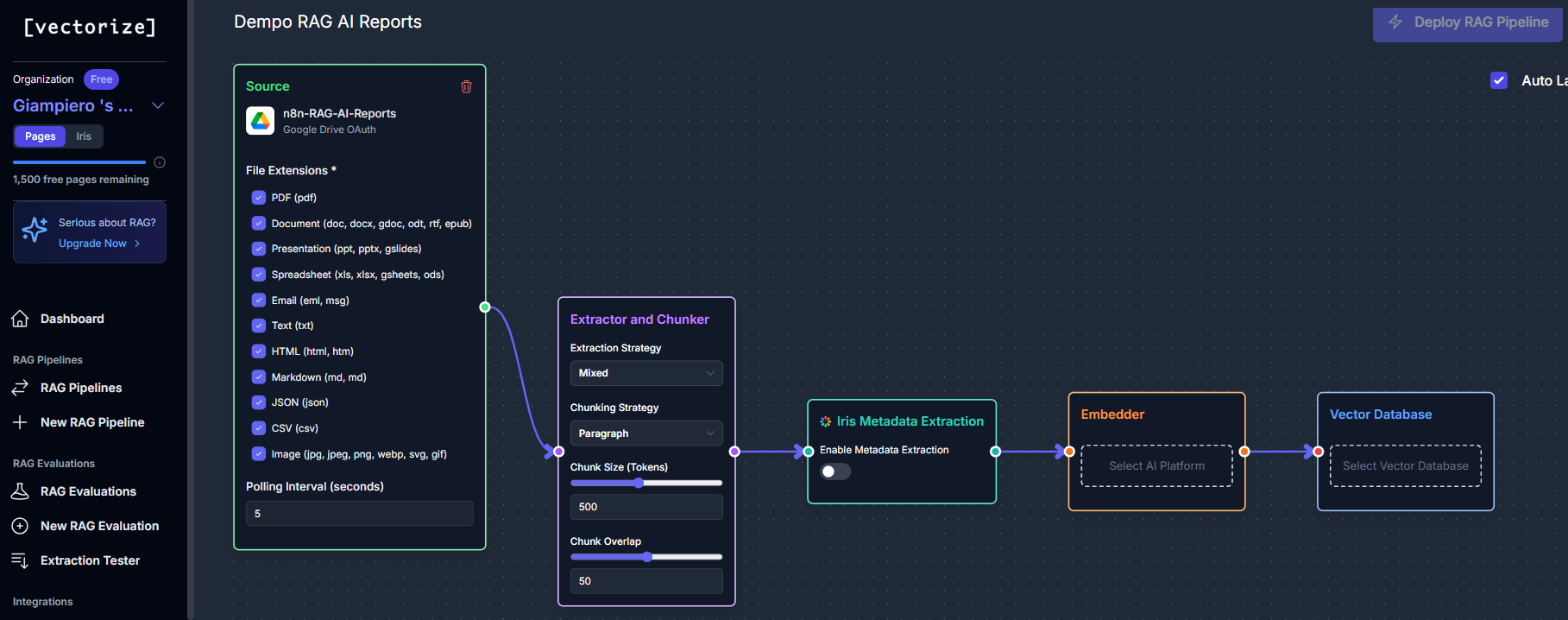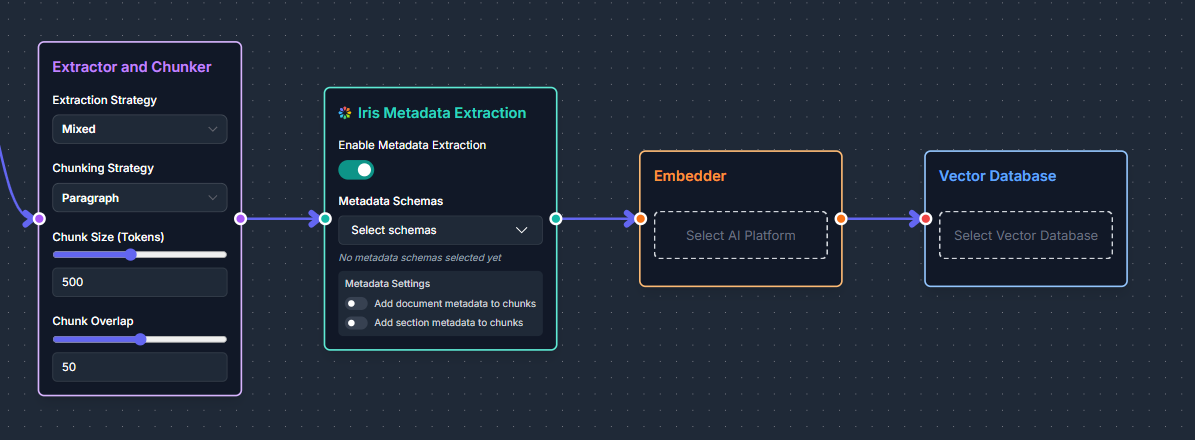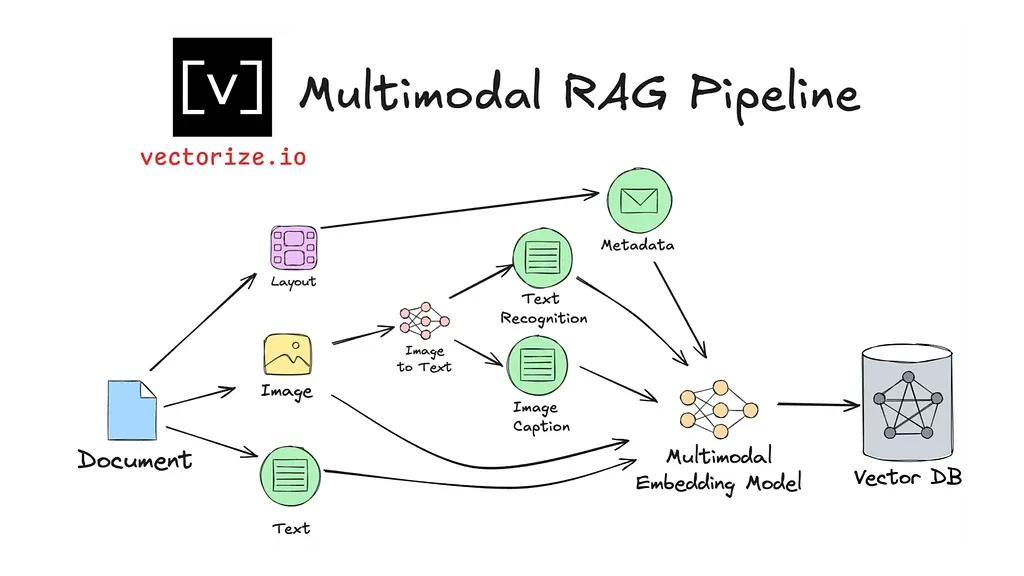Vectorize.io has emerged as a groundbreaking platform facilitating the building and deployment of artificial intelligence applications, especially those that utilize Retrieval-Augmented Generation (RAG) models. In an era where organizations seek to harness AI for enhanced data management, Vectorize.io stands out for its ability to streamline complex tasks such as data ingestion, vectorization, and integration with vector databases.

Vectorize.io is at the forefront of AI development, particularly through its integration of RAG models. The core functions of Vectorize.io revolve around transforming raw and unstructured data into structured, accessible formats. This process is crucial, as RAG models significantly enhance the performance of AI systems by incorporating pertinent data retrieved from extensive databases. By utilizing embedding vectors, the platform effectively converts disparate data sources—such as text, images, and tables—into an optimized format that AI models can use efficiently, improving accuracy and contextual relevance in generated content [Source: Vectorize.io].

Understanding Vectorization in AI
Vectorization is an essential process in AI, involving the transformation of various forms of data into numerical vectors that machines can manipulate. This conversion allows AI systems, particularly those in machine learning and natural language processing (NLP), to perform mathematical computations effectively. By representing data in vector form, AI applications benefit from enhanced computational efficiency, enabling simultaneous processing of multiple data points, which is critical for handling large datasets.

The role of vectorization in AI applications extends to managing unstructured data. Vector databases handle these high-dimensional vectors, invaluable for AI systems analyzing data like images, text, and audio. Techniques such as Bag of Words, TF-IDF, and Word2Vec encapsulate text data into vectors, allowing tasks like sentiment analysis to be executed with precision [Source: Neptune]. Challenges include maintaining semantic integrity and managing computational overhead from high-dimensional vector representations [Source: Charlie Cowan].
Key Features of Vectorize.io
Vectorize.io offers robust features for revolutionizing data management and enhancing AI applications. Notable is its automated data extraction from diverse formats like PDFs and Word documents, eliminating manual processes and streamlining workflows [Source: Vectorize.io]. It converts unstructured data into vector embeddings, creating optimized search indexes crucial for AI applications, ensuring quick access to relevant data. Integration with vector databases allows seamless data processing, enhancing usability [Source: Qdrant].

Practical Use Cases for Vectorize.io
Vectorize.io enhances data management and AI application development. A key application is in creating RAG systems by automating vector index creation, enabling rapid deployment of AI functionalities [Source: Vectorize.io]. Document parsing automates extracting text, images, and tables from files, transforming content into AI-ready vector representations [Source: Vectorize.io]. Integration with knowledge bases ensures AI applications use current information for better decision-making [Source: Vectorize.io].

Best Practices for Utilizing Vectorize.io
Best practices for using Vectorize.io include leveraging the File Upload Source Connector for streamlined data ingestion. Batch imports are recommended to minimize network latency impact [Source: Vectorize.io]. Optimizing vectorization strategies through experiments helps in generating quality vector embeddings [Source: Vectorize.io]. Performance optimization focuses on indexing improvements, efficient query algorithms, and managing vector dimensionality [Source: Vectorize.io].

Challenges and Future Perspectives with Vectorization
Challenges in vectorization include data quality, requiring preprocessing to convert data into suitable formats, potentially losing context. Scalability concerns due to high-dimensional vectors and datasets can strain resources [Source: CXO Today]. Future advancements will focus on handling these challenges through improved preprocessing, dimensionality reduction, and resource optimization.

If you enjoyed this content and want to support this blob, buy me a coffee ;-)
Conclusions
In conclusion, Vectorize.io is reshaping AI development by simplifying data management tasks and enabling efficient application deployment powered by RAG models. As organizations continue to leverage AI for improved performance and automation, Vectorize.io offers scalable solutions that address key issues in modern data management.
Sources
- Charlie Cowan - The Role of Vectorization in AI
- CXO Today - Harnessing Vectorization Techniques to Improve AI Model Efficiency and Accuracy
- Dagster - Data Vectorization Overview
- DBTA - Vectorize Secures $36M to Empower Businesses
- Vectorize.io - File Upload Source Connector
- Neptune - Vectorization Techniques in NLP
- Qdrant - Vector Database Documentation
- Vectorize.io - Official Website
- Vectorize.io - Build Better AI Applications
- Vectorize.io - Gen AI Use Cases
- Vectorize.io - LLM Use Cases
- Vectorize.io - Data Pipeline Best Practices
- Vectorize.io - Optimize Vector Search
- Vectorize.io - Multimodal RAG Patterns
- Vectorize.io - The Hidden Challenges of Implementing Vector Databases
- Vectorize.io - Vectorize Launch Announcement
- Vectorize.io - What is Retrieval-Augmented Generation?
- Weaviate - Data Import Guide



